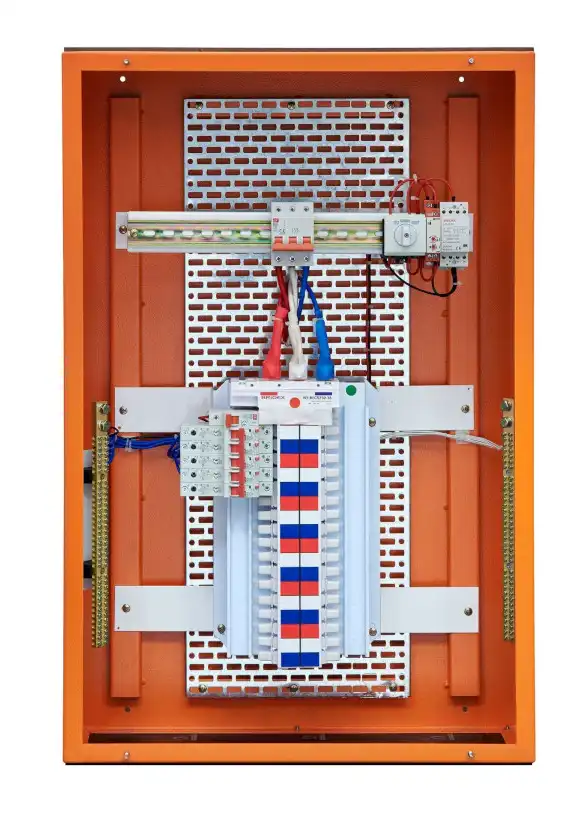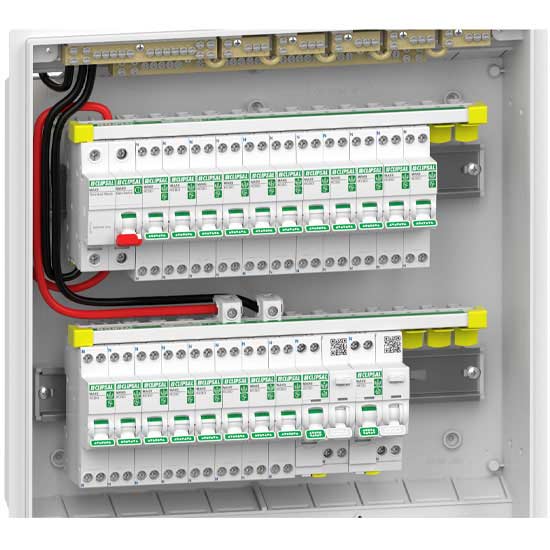A fuse box is a central hub in a building’s electrical system that houses fuses or circuit breakers to protect circuits from overloading. It automatically interrupts power if there’s too much current, helping prevent fires, equipment damage, or electrical faults.
In IT and electrical installations, the fuse box plays a vital role in safeguarding connected systems such as servers, routers, and networking hardware. It distributes power throughout different areas or circuits and ensures that a fault in one part doesn’t compromise the entire setup. Each fuse or circuit breaker corresponds to a particular circuit—such as lighting, power points, or dedicated equipment like a server rack.

Modern fuse boxes often include:
- Circuit breakers instead of traditional wire fuses
- RCDs (Residual Current Devices) for added protection
- Clear labelling for circuits (helpful for IT setups)
- Separate circuits for sensitive electronics or data equipment
Benefits of a properly maintained fuse box:
- Prevents electrical overloads and fire hazards
- Isolates faults to minimise downtime
- Enables easier troubleshooting during IT outages or upgrades
- Supports safe power distribution in commercial and residential setups

Alternative terms and synonyms include circuit breaker box, switchboard, consumer unit, and power distribution board. In Australian homes and businesses, a fuse box is typically located near the front of the property or in a service cabinet and must comply with AS/NZS electrical standards.
For IT professionals and electricians, understanding the layout and function of the fuse box is crucial when installing or maintaining tech infrastructure. Whether you’re adding a new data point or setting up an uninterruptible power supply (UPS), the fuse box is where it all begins—and where safety is ensured.